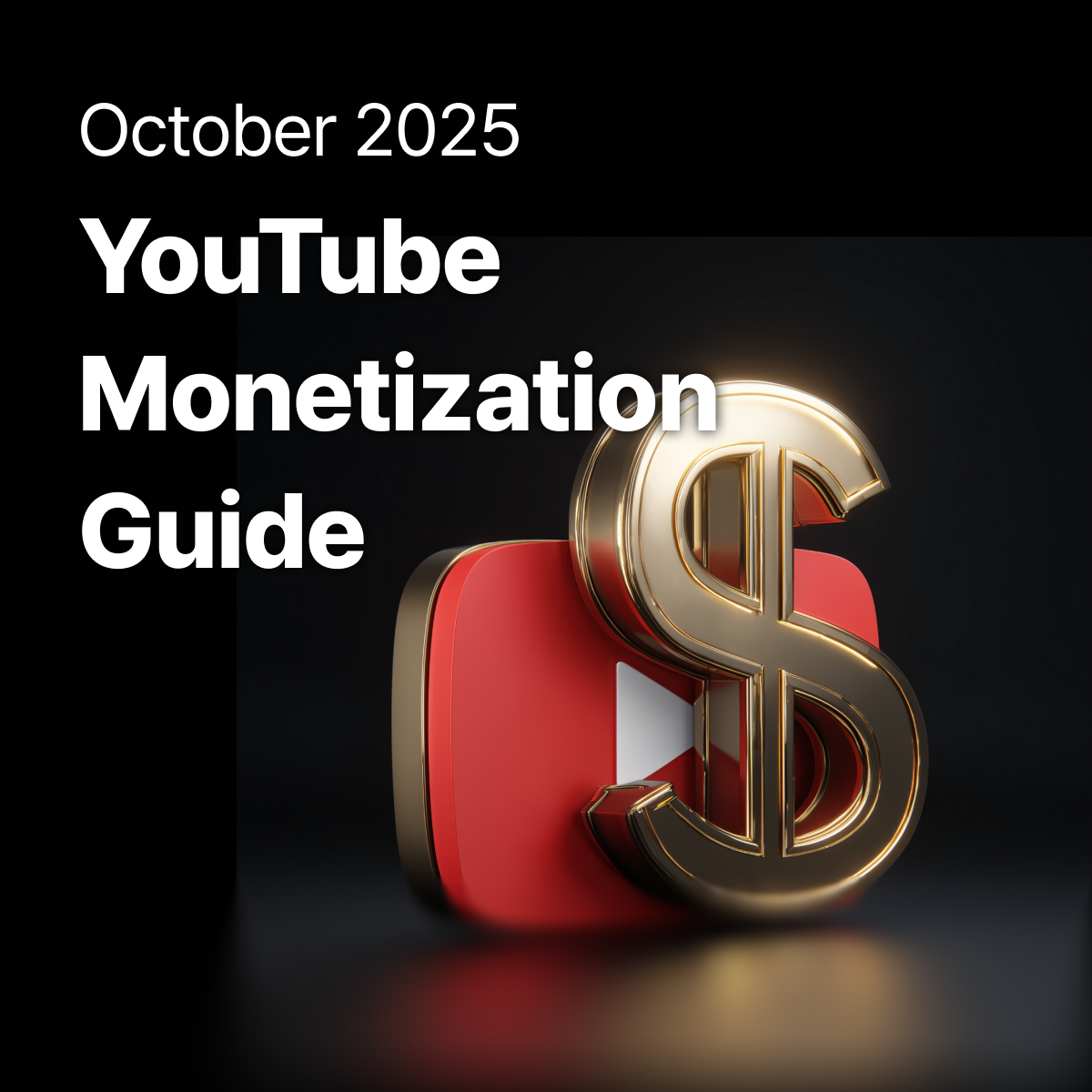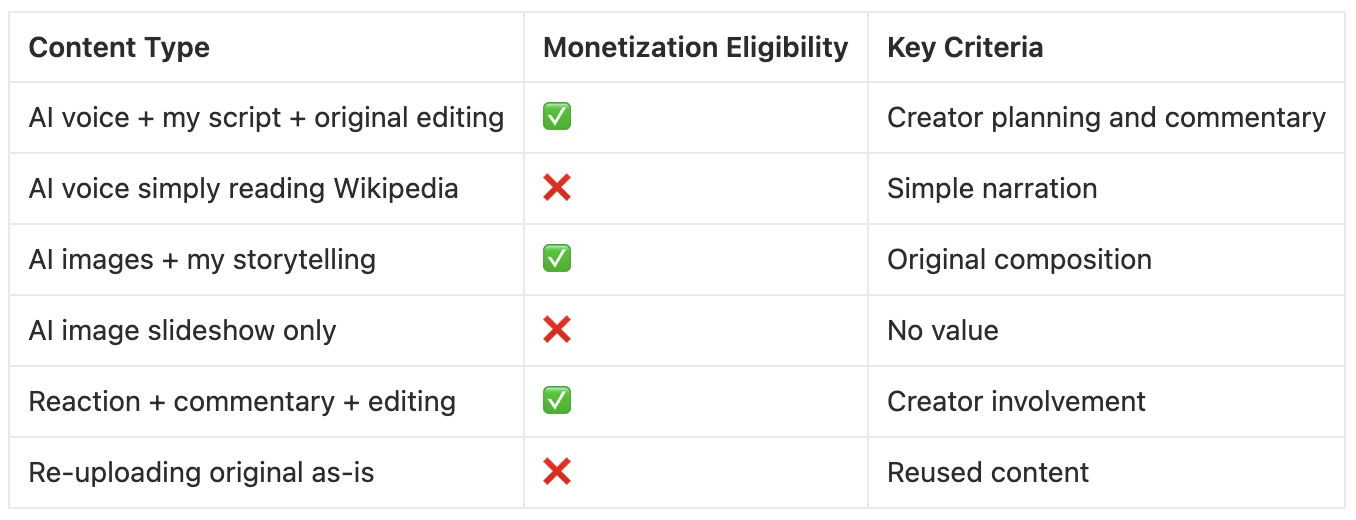Please allow Supertone to collect cookies for a smooth experience!
Learn more in our Privacy Policy.
Learn more in our Privacy Policy.

YouTube monetization is no longer out of reach.
As of 2025, various monetization opportunities are available in stages based on subscriber count and content format.
This article provides a comprehensive overview of the step-by-step requirements and strategies based on the latest criteria.
The barrier to initial monetization has become much lower.
Once you meet the following conditions, you can generate revenue through direct engagement with your fans.
Features Available:
Super Chat, Super Thanks, Super Stickers, Channel Memberships, YouTube Shopping
Full-scale ad revenue starts at this stage.
Features Available:
All Stage 1 features + Ad Revenue

Recommended Strategy:
A hybrid strategy that uses Shorts to acquire new subscribers and long-form content to maximize revenue is key in 2025.
On July 15, several rumors circulated about YouTube's policy update.
However, the actual content is simpler than expected.
Below is information organized based on official guidelines.
None of these statements are true.
YouTube does not restrict the use of AI tools themselves.
"You must create authentic content yourself, and mass-produced or repetitive content is not eligible for monetization."
In other words, the issue is not whether AI is used but the creator's involvement and originality.
YouTube Creator Liaison Rene Ritchie stated the following:
This update is "not a new regulation" but rather "a clearer articulation of existing policies."
So what exactly is 'Inauthentic Content' as defined by YouTube?
"Mass-produced content refers to content that has been produced in large quantities or is duplicative. Content that appears to be made from a template with little to no variation between videos, or content that can be easily replicated at scale."
Let's look at specific examples officially provided by YouTube:
1. Content that simply reads text from websites or news feeds
2. Mass-produced content using similar templates across multiple videos
3. Content with little to no explanation, commentary, or educational value
We've clarified cases that are often confusing in practice.

Check whether your content is eligible for monetization:
✅ Does it contain my unique ideas?
✅ Does it include the creator's commentary or perspective?
✅ Does it provide information or entertainment to viewers?
❌ Can it be mass-replicated using templates?
You're safe if the last item is not checked.
AI has become an essential tool for creators.
However, the key is not AI itself but 'creative ways to utilize it.'
YouTube states that it "encourages the use of AI to enhance storytelling."
In other words, AI is a tool to expand ideas, not the subject of the content.
As more creators use AI tools, 'voice personality' becomes the most powerful competitive advantage.
Supertone Play is a solution that allows you to easily create voices that capture a creator's style and emotion.

Q1. Can Shorts made with AI be monetized?
Yes. As long as it includes the creator's planning and commentary, there's no issue.
Q2. Is it okay to use AI voice tools like Supertone Play?
YouTube does not prohibit the use of AI tools. In fact, it encourages creative utilization.
Q3. Can reaction videos be monetized?
Reaction videos that include the creator's opinions and commentary are eligible.
Q4. How much editing is required?
You need enough commentary, value, and editing to distinguish it from the original.
Q5. How do I handle music copyright issues?
It's safe to use royalty-free music or the YouTube Audio Library.
Q6. Is the relaxed 500 subscriber requirement from 2023 still valid?
Yes, Korea is included in the eligible countries.
Q7. What actions are taken for policy violations?
This article is based on YouTube's official policies and guidelines as of October 2025.
Policies may change at any time, so please check the official YouTube Help page(Click) before making important decisions.
